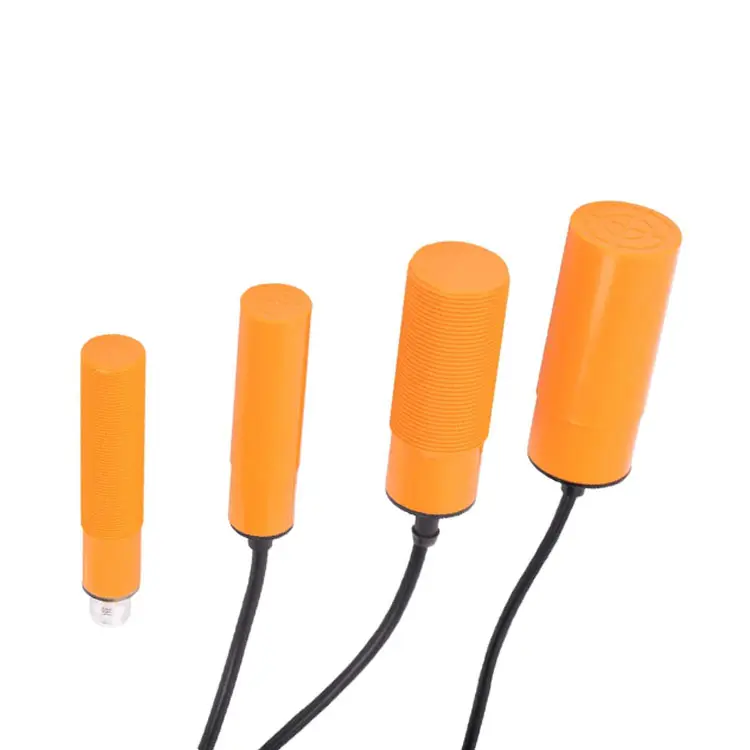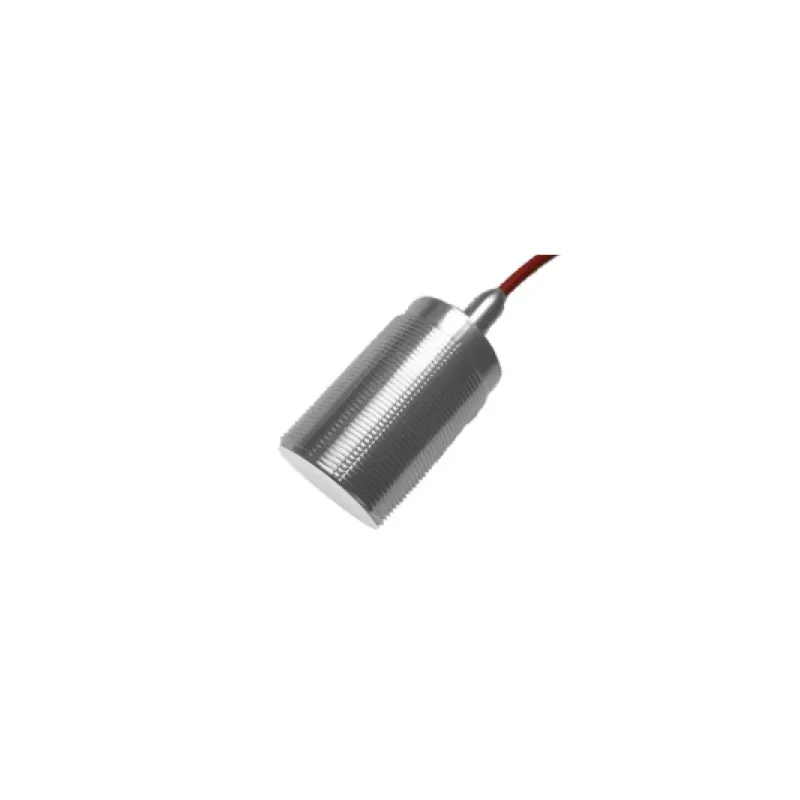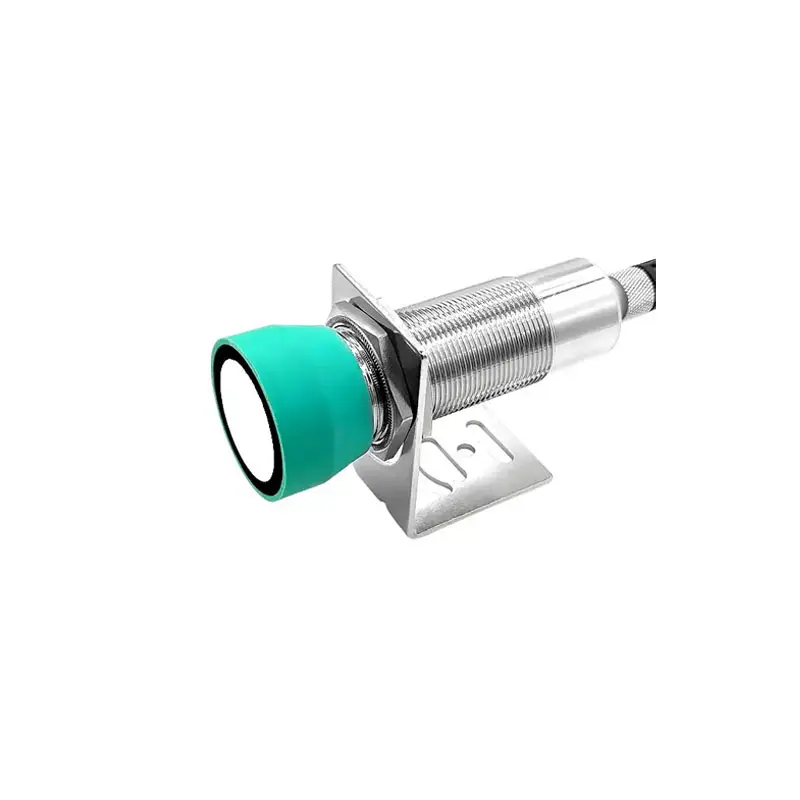The capacitive proximity switch offers numerous compelling advantages that make it an invaluable tool in industrial automation and process control. First, its non-contact sensing capability eliminates mechanical wear and extends operational life, resulting in reduced maintenance costs and improved system reliability. The switch's ability to detect both conductive and non-conductive materials sets it apart from other sensing technologies, providing unmatched versatility in various applications. The device's quick response time and high-speed switching capability ensure precise detection in fast-moving production environments. Environmental resistance is another key benefit, as these switches are typically sealed against dust and moisture, meeting IP67 protection standards. The adjustable sensitivity feature allows users to fine-tune detection parameters, minimizing false triggers and optimizing performance for specific applications. Additionally, the switch's solid-state design eliminates moving parts, reducing failure points and increasing durability. Modern capacitive proximity switches often include LED status indicators for easy troubleshooting and diagnostic purposes. Their compact size and various mounting options provide flexibility in installation, while their low power consumption contributes to energy efficiency. The ability to detect material levels through non-metallic containers makes them ideal for level monitoring applications without the need for direct contact with the medium. Integration capabilities with existing control systems are straightforward, thanks to standardized output signals and industry-standard connection options.


